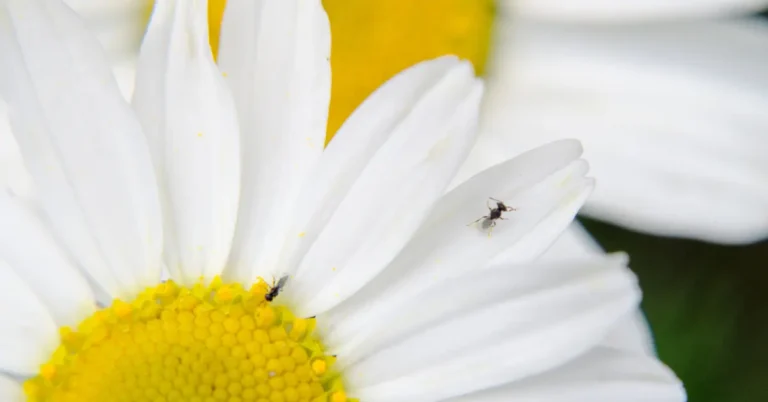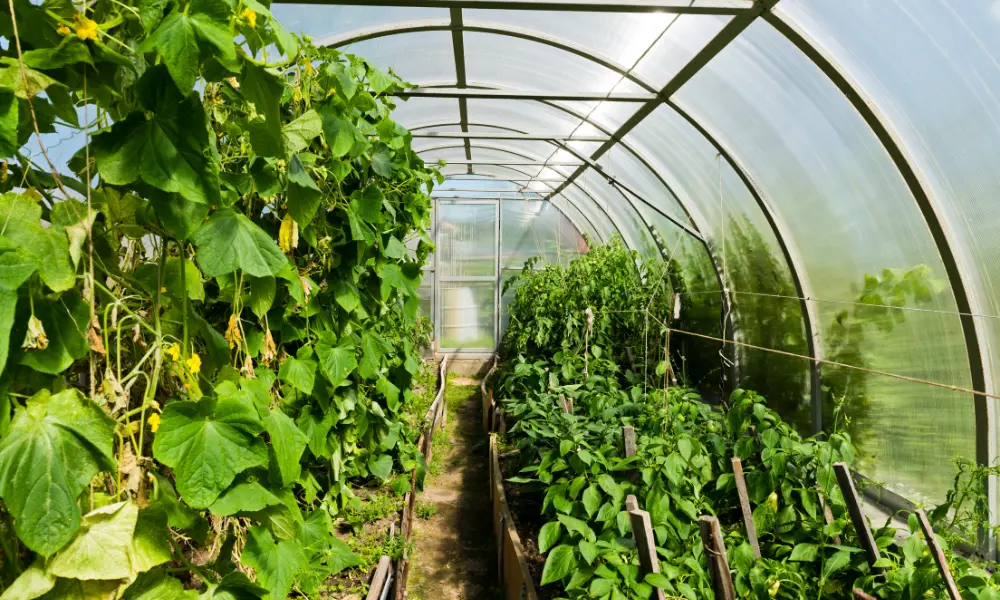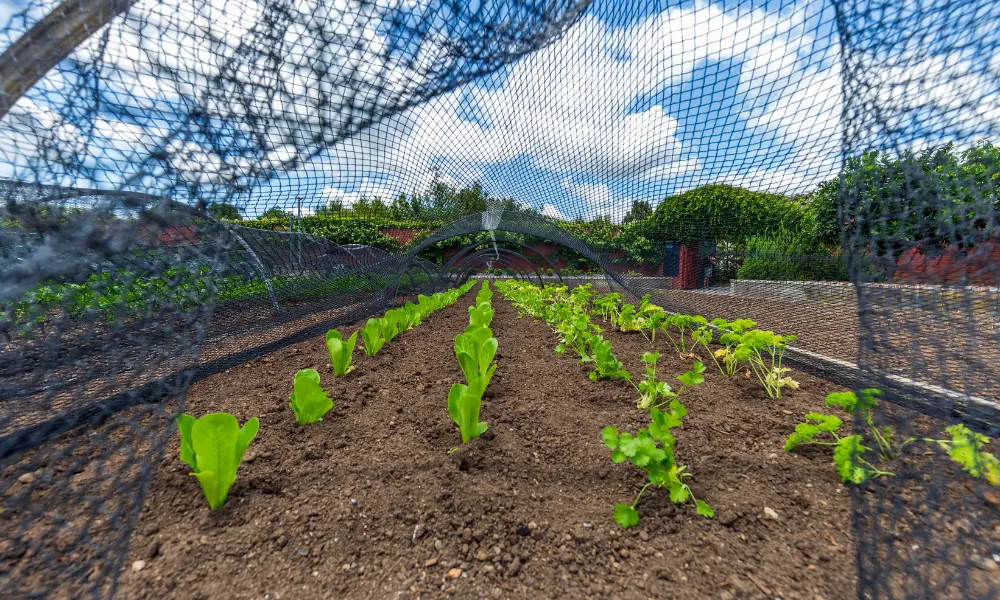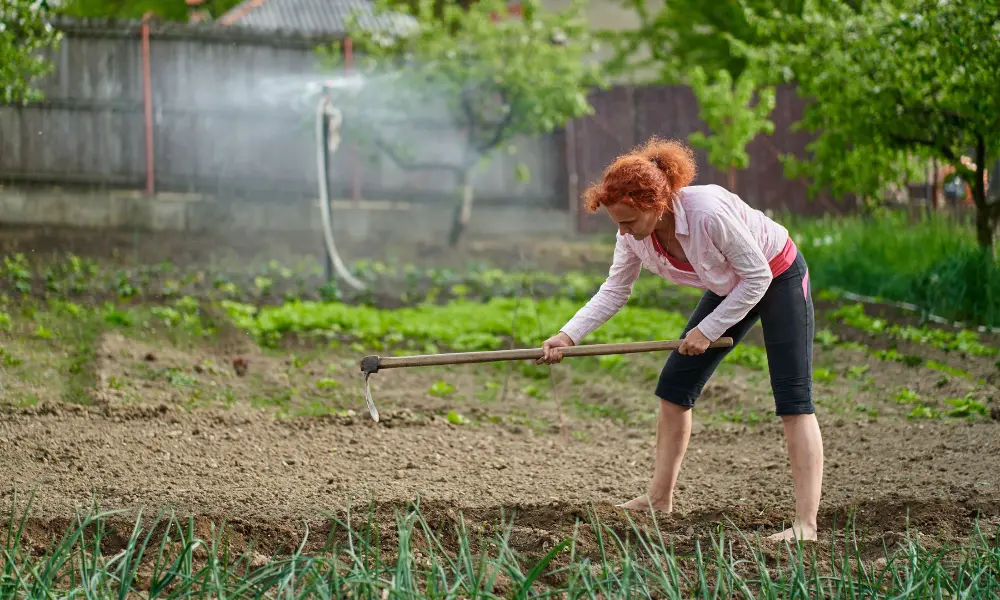How to get rid of gnats in plants? If you spot tiny bugs buzzing around your indoor plants, it’s likely you’ve got a fungus gnat problem. These insects are drawn to the damp soil in plants, making it a perfect home for their babies. While the adult gnats aren’t harmful to your plants, their larvae can be trouble.
The gnats reproduce fast, so it doesn’t take much time for them to take over. But, don’t worry! Getting rid of fungus gnats and stopping them from coming back is easy with the right tips.
As passionate plant enthusiasts, the last thing we want is to witness our beloved greenery succumb to the torment of pests. It becomes even more distressing when these uninvited guests find their way into our homes, making it a truly undesirable situation.
Among the pesky intruders, fungus gnats stand out as tiny winged nuisances resembling miniature mosquitoes, akin in size to fruit flies. The silver lining is that, in comparison to other pests, these plant flies are relatively less harmful and, fortunately, can be effectively dealt with.
What Exactly are Fungus Gnats?
They’re small, black flying bugs that like to live in the wet soil of indoor plants or in greenhouses. Darren Royer, an expert at Longwood Gardens, says they don’t live long but can have lots of babies quickly. The larvae munch on stuff in the soil and the roots of your plants.
How can you tell if your plants have fungus gnats? Well, you’ll see the grown-up gnats for sure. But the real troublemakers are the larvae. Royer says they snack on your plant’s roots, making it hard for the plant to get the nutrients it needs. You might notice your plant isn’t growing well or its leaves are turning yellow. That’s a sign of fungus gnat mischief.
Fungus gnats like houseplants because the soil is comfy for their babies, says Justin Hancock, a plant expert. Adult gnats put eggs in damp soil, they hatch, and the babies eat fungi and stuff in the soil. Sometimes, they nibble on plant roots if there’s an issue with the roots or not enough fungi.
Fungus gnats are easily distinguishable by their long legs, transparent wings, and attraction to nutrient-rich, damp soils. These minute flies may be spotted buzzing around plant containers, but unlike more harmful pests, they don’t directly feast on plant foliage. Instead, they thrive in the soil, feeding on plant roots and organic matter, including decaying fruit. However, don’t underestimate their potential for damage if left unaddressed.
In a similar vein, another troublesome insect that thrives in moist environments is the drain fly. Resembling fruit flies, these fuzzy insects flourish in damp and decaying organic matter around drains, sewage systems, and compost piles. Unchecked infestations can become a source of annoyance indoors, especially in bathrooms and kitchens, where drain flies lay eggs in the gelatinous film within drain pipes.
While adult fungus gnats have a brief lifespan of about a week, their swift reproduction can lead to significant consequences. With a capacity to lay up to 300 eggs under favorable conditions, these pests can rapidly multiply. Recognizing the signs of a fungus gnat infestation is crucial, considering their short life cycle of 3-4 weeks.
Gnats lay eggs in the soil, so they enter your home that way. If a plant has eggs or babies in the soil, or if the soil you use has them, they come in. Even a tiny hole in a soil bag lets gnats lay eggs.
Preventing Fungus Gnats Made Easy
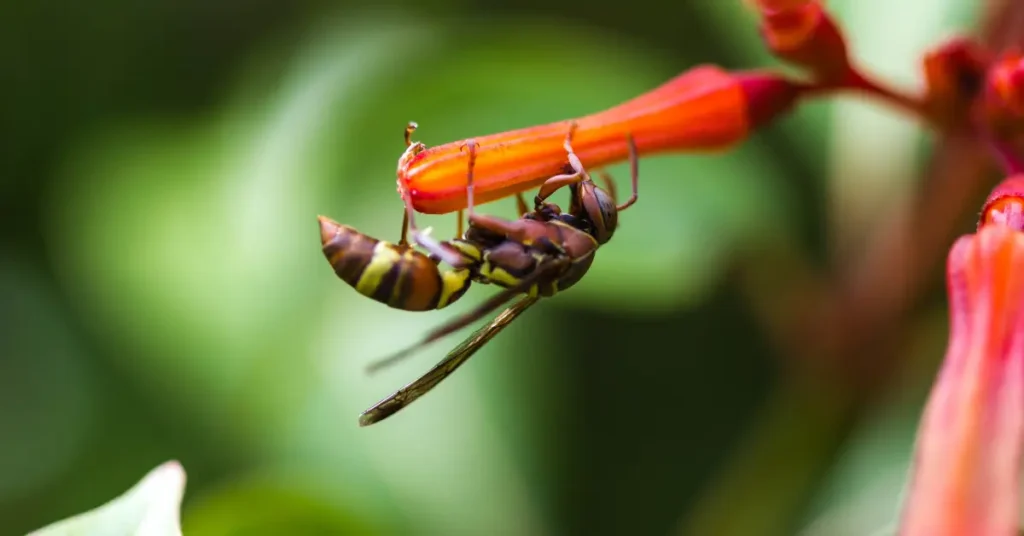
Stop fungus gnats before they invade – that’s the key. When you bring plants inside for the cold, check for gnats. Royer suggests treating outside to keep them away from your other plants. Repotting? Look for gnat larvae in the potting mix. Hancock advises a close inspection to spot any eggs left by fungus gnats. Buying new plants? Give the pot a few taps.
Royer says it might send adult gnats flying. If they’re there, think about getting that plant elsewhere. New plants need quarantine. Keep them separate for a bit, check for pests, and avoid infecting your current plants. Don’t drown your plants – ensure good drainage, and don’t overwater. Keep the soil just right, not too wet.
Dealing with fungus gnats in your plants?
Here’s what you can do to get rid of them and bring your plants back to good health.
Firstly, watch your watering habits. Fungus gnats thrive in moisture, so keep an eye on how much water your plants are getting. Overwatering creates a perfect environment for these pests. Some houseplants prefer a pause between watering. If you spot fungus gnats, consider adjusting your watering schedule.
Sticky traps are a handy solution. You can find them at garden centers or online. Just follow the instructions on the package and place the traps near your plants. The sticky surface will catch the gnats and help control their population.
No need to buy traps if you have apple cider vinegar. Make a DIY trap by taking a small cup, filling it with an inch of apple cider vinegar, and tightly covering it with plastic wrap. Poke small holes on top. Gnats can enter but won’t be able to escape.
To tackle the eggs and larvae in the soil, use hydrogen peroxide. Mix 1 part hydrogen peroxide with 4 parts water. Pour the solution into the pot, ensuring the soil is thoroughly saturated. This helps control the life stages of the gnats and keeps them from coming back.
Recognizing the Signs
Identifying a fungus gnat problem is relatively straightforward. These plant flies aren’t adept fliers and tend to stay close to the plant. Observing their erratic zig-zag movements near the plant is a common sight. Stirring the soil gently may reveal bugs in their larval stage—transparent bodies with shiny black heads—munching away on organic matter.
With winter settling in, plants in North Dakota prepare for the cold season. Unfortunately, this signals the peak of bothersome bug populations, as dormant plants require less water, keeping their soils consistently moist—a perfect breeding ground for gnats. Care should be exercised when bringing plants indoors for the winter to avoid introducing unwanted pests into your home.
Signs of Plant Stress
Unchecked fungus gnat infestations can stress your plants, even though they don’t directly harm leaves. Feeding on root hairs and depleting essential nutrients from the soil can lead to sudden wilting, yellowing leaves, weak growth, and an overall loss of vigor. To avoid the headache of a full-blown gnat infestation, it’s imperative to adopt preventive measures and natural control methods.
Natural Methods for Gnat Control
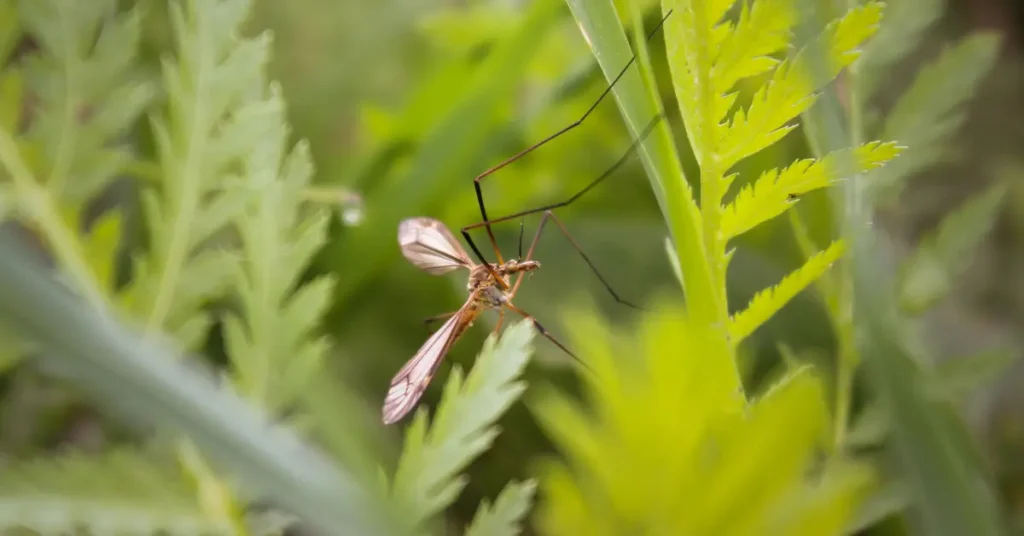
Natural control methods should be the initial approach in tackling any pest issue. While chemical solutions may be necessary at times, opting for natural and organic alternatives is generally less disruptive to plants and homes. Most fungus gnat populations can be effectively managed through timely identification and natural treatment.
- Sugar and Dish Soap Traps: Create a homemade trap by mixing a tablespoon of sugar with a few drops of dish soap in water. This solution acts as bait, attracting and trapping gnats without resorting to chemicals.
- Avoid Overwatering: Allow the top few inches of soil to dry out before watering houseplants, disrupting the reproductive cycle of fungus gnats.
- Sticky Traps: Simple yet effective, place sticky traps on the soil surface to catch moving gnats. Yellow traps are particularly efficient in attracting these insects.
- Cider and Vinegar Traps: Mix equal parts of cider and vinegar in a shallow dish or can to attract and drown gnats. Adding a drop of dish soap enhances the effectiveness of the trap.
Natural Enemies of Fungus Gnats
Introducing beneficial nematodes may seem counterintuitive, but these microscopic worm-like bugs offer a straightforward solution to controlling pest populations. Nematodes penetrate gnat larvae, releasing bacteria that consume the pests from the inside out.
- Mosquito Dunks and Hydrogen Peroxide: Products containing Bacillus thuringiensis israelensis (BTI) can be placed in water trays or dissolved in water to target and kill gnat larvae without harming plants, pets, or humans. Hydrogen peroxide can also be used to soak soil, effectively eliminating larvae.
When All Else Fails: Insecticidal Solutions
If natural methods prove insufficient, insecticidal products and sprays can be utilized to control gnat populations. Targeting either the larval or adult stage, these products can be effective when applied consistently over a few weeks.
- Hydrogen Peroxide: A quick and effective solution, mix hydrogen peroxide with water and soak the soil to kill larvae on contact.
- Neem Oil: Dilute neem oil and apply it to the soil to suffocate larvae and disrupt the gnat life cycle. It can also be used as a spray to kill adult flies on contact.
- Pyrethrin Sprays: Made from chrysanthemum flower extracts, these sprays are toxic to many pests and can kill gnat larvae and flies on contact.
While fungus gnats might appear as minor annoyances, they can quickly escalate into significant problems if left unattended. Fortunately, several natural and effective methods can help you maintain healthy and thriving indoor plants. By adopting preventive measures, utilizing natural controls, and resorting to insecticidal solutions when necessary, you can ensure that your indoor plants remain free from these pesky flying pests throughout the year. Regular inspections and prompt action are key to preserving the well-being of your plants and maintaining the beauty they bring to your home.
